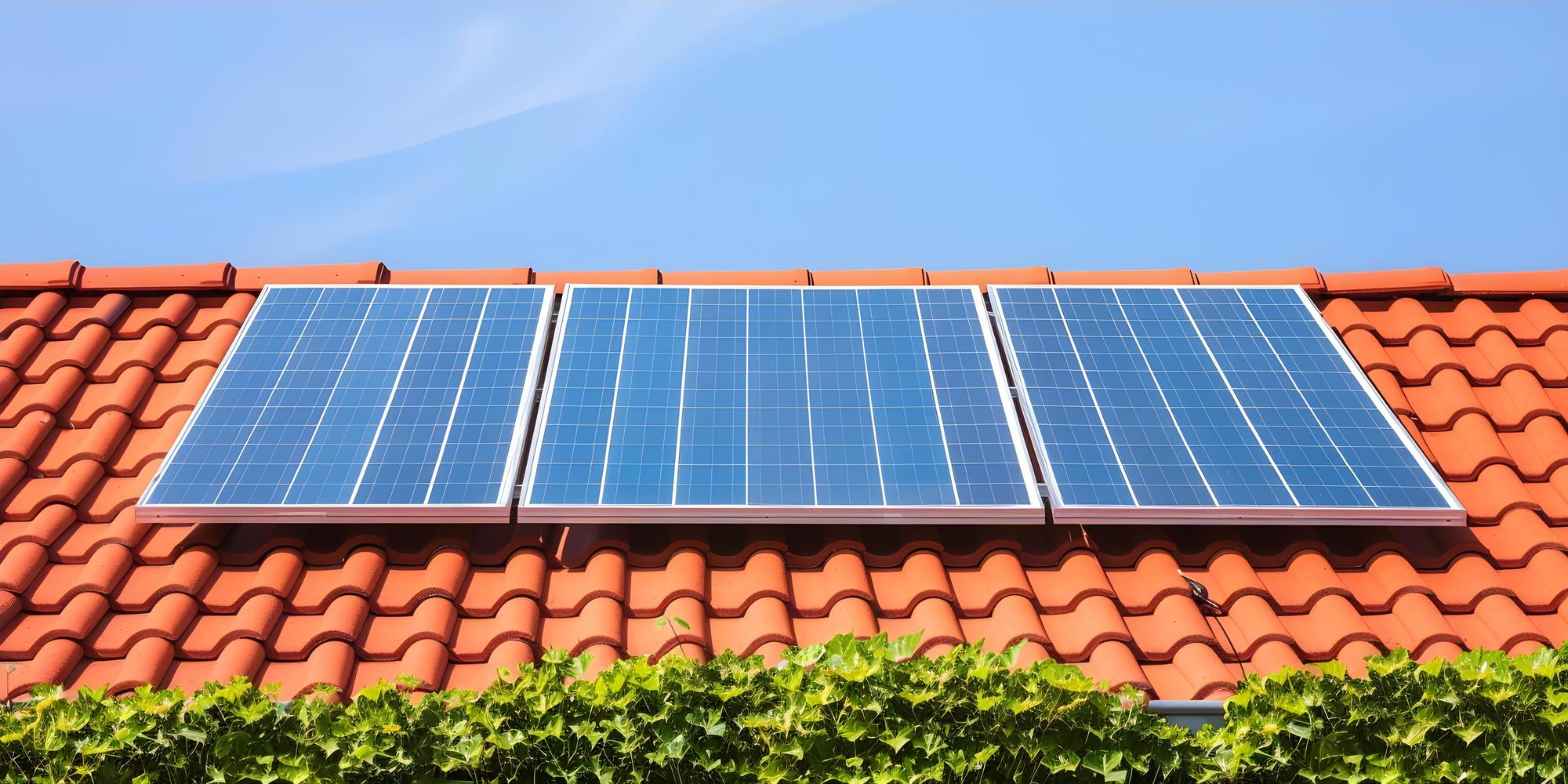The shift toward energy-independent homes is no longer a fringe movement; it’s a full-blown trend reshaping the way people think about property, investment, and sustainability. As homeowners look for ways to protect themselves from rising energy prices and grid instability, properties with built-in energy solutions are commanding increasing attention and value.
For property investors, understanding this shift isn’t just about staying informed; it’s about staying profitable. Homes that can power themselves are proving to be more resilient, more attractive to tenants, and better positioned for long-term returns. Systems like solar panels, battery storage, and smart energy management are becoming selling points rather than optional extras, while supporting technologies such as a DC to DC charger are quietly transforming how energy is stored, transferred, and used in modern setups.
These changes mark a key turning point for the property market: the rise of the self-sufficient home.
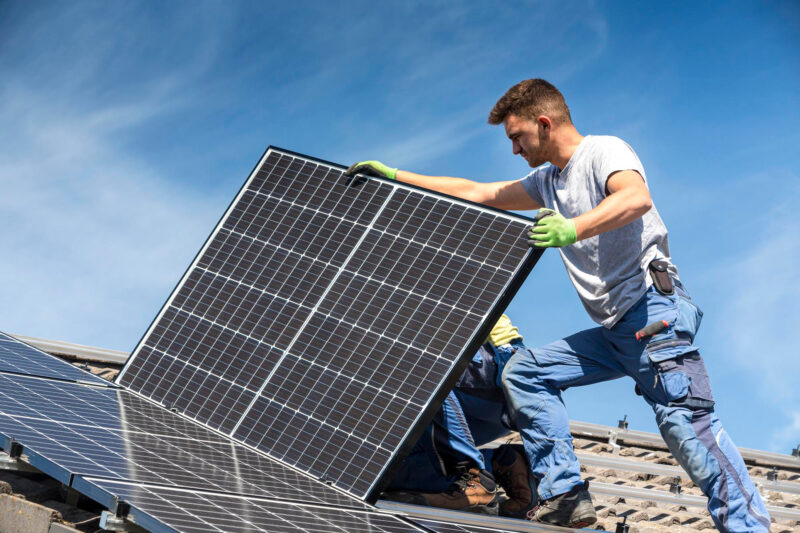
Why Energy Independence Matters More Than Ever
Energy costs continue to fluctuate, and many homeowners have grown frustrated by unpredictable power bills and occasional grid outages. Energy independence offers something that’s becoming increasingly valuable: control.
For investors, that control translates into stability.

Note: A property equipped with renewable energy systems can dramatically reduce ongoing expenses while insulating owners and tenants from future price hikes.
It’s a tangible financial advantage that also aligns with growing environmental awareness.
Even renters are now weighing energy efficiency when choosing where to live. They’re looking for homes that help them save on bills and reduce their carbon footprint, meaning landlords who invest in energy-efficient upgrades gain a competitive edge.
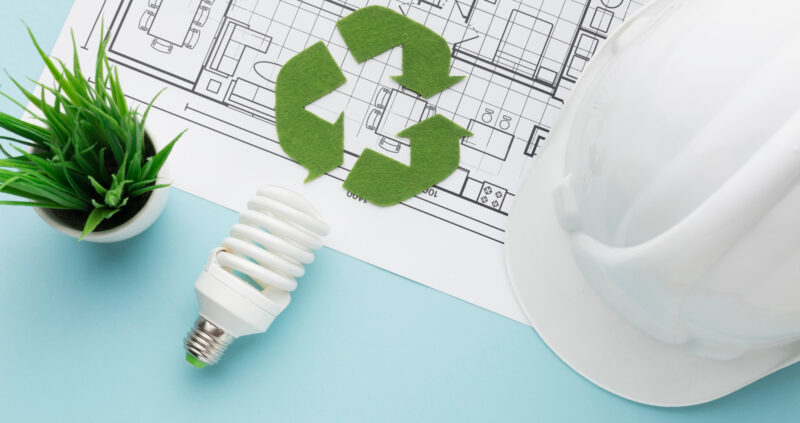
The Technology Powering the Shift
What makes today’s energy-independent homes different from early solar adopters is the sophistication of their systems. It’s not just about panels on the roof anymore; it’s about smart energy ecosystems that monitor, store, and distribute power efficiently.
Key components include:
- Solar generation systems: The foundation of most setups, converting sunlight into usable electricity.
- Battery storage: Keeps excess energy available for night-time use or emergencies.
- Energy management software: Optimises when and how stored power is used.
- Backup charging systems: Tools such as inverters and DC-based chargers ensure consistent power flow between batteries, vehicles, and appliances.
Together, these elements create homes that can operate largely independently from the grid while offering all the conveniences of modern living.

How This Affects Property Values
The growing emphasis on sustainability has pushed eco-friendly homes into a new investment category: properties with built-in efficiency premiums.
Buyers are willing to pay more for homes that promise lower running costs and long-term reliability. Banks and insurers are starting to take notice, too, with some offering better rates for energy-efficient buildings. In short, energy independence is no longer just a lifestyle perk; it’s an asset-class advantage.
Three ways energy systems enhance property value:
- Reduced operating costs: Lower electricity bills improve affordability for occupants.
- Market differentiation: Energy-efficient features stand out in competitive housing markets.
- Future-proofing: Homes ready for electric vehicles and renewable systems remain desirable as regulations tighten.
For investors, these upgrades represent a rare win-win: they boost property performance while also improving environmental impact.
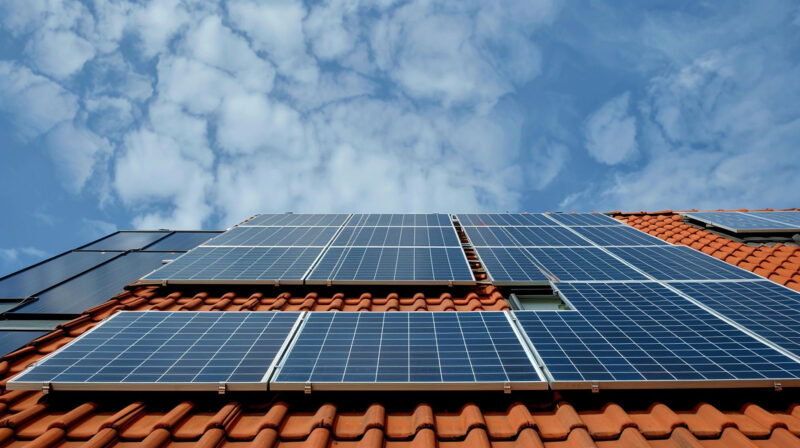
Challenges and Considerations
Of course, energy-independent living isn’t without its learning curve. Installation costs can be significant, and technology evolves quickly. Investors need to assess:
- The property’s orientation and suitability for solar
- Local rebates or tax incentives for renewable installations
- The lifespan and maintenance of batteries and inverters
- Compatibility with future technologies, such as electric-vehicle integration
Working with reputable energy specialists is crucial. The right advice ensures each system, from rooftop panels to battery chargers, performs efficiently and complies with safety standards.
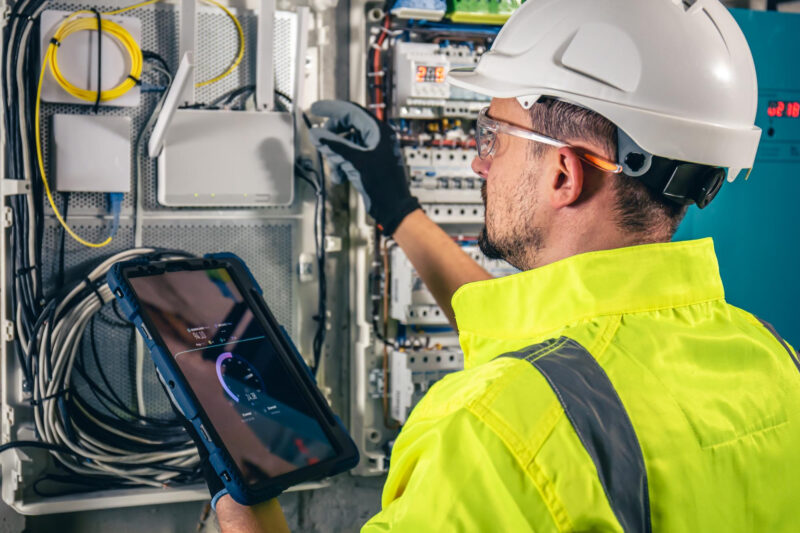
What Investors Can Do Now
You don’t need to rebuild from scratch to tap into this movement. Start by assessing your current portfolio and identifying where energy upgrades could deliver the highest impact.
Adding solar panels and home batteries remains the most common first step. From there, small adjustments like LED lighting, insulation improvements, and energy-smart appliances can all help reduce consumption and improve appeal.

Tip: For investors managing rental properties, consider offering energy-efficient packages as part of the lease; tenants appreciate transparency about savings and sustainability features.
Staying informed about evolving energy trends will also help you spot new opportunities early, whether that’s investing in developments with integrated renewable systems or upgrading existing assets.
Energy-independent homes aren’t just reshaping how people live; they’re reshaping what makes a property valuable. Investors who understand the trend early can position themselves ahead of the curve, combining financial performance with sustainable living.
As energy systems continue to evolve, one thing is clear: the properties that can power themselves will also power the next generation of smart investment growth.

